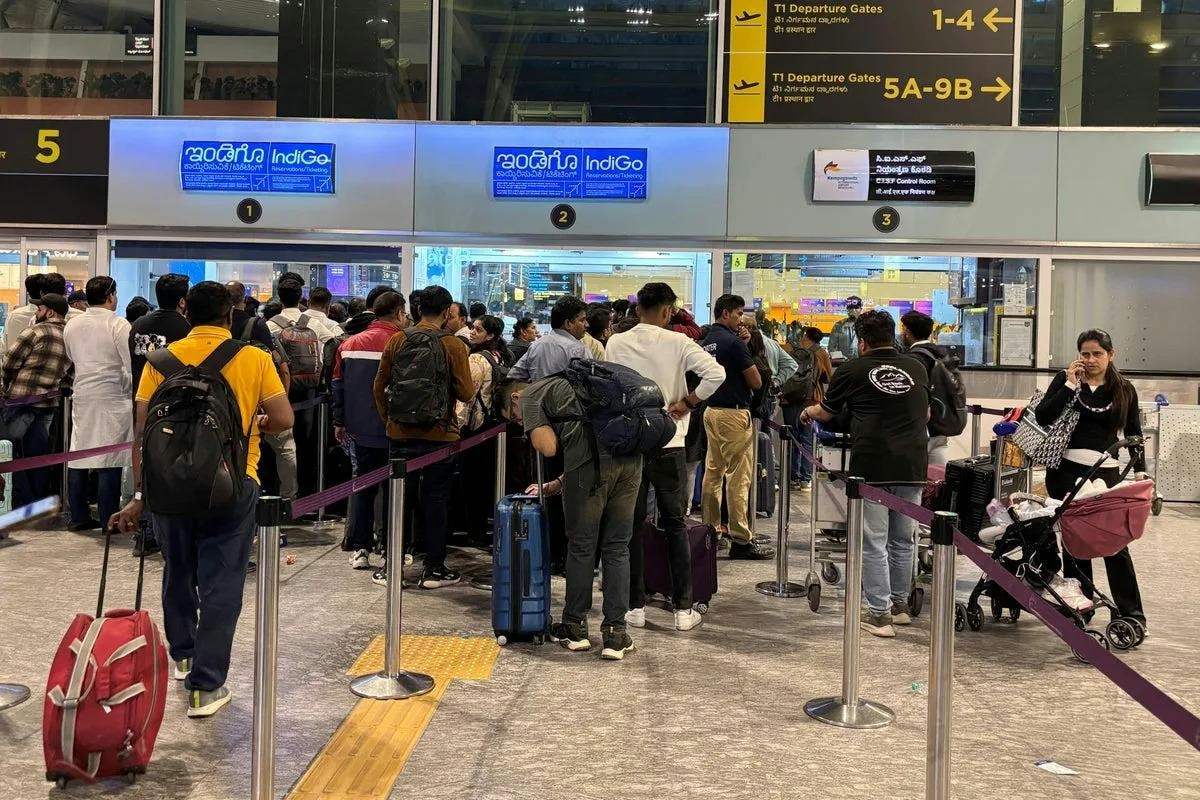
AeroGenie — Votre copilote intelligent.
Tendances
Categories
Kloudspot CEO Ravi Akireddy on the Role of Physical AI in Transforming Airport Operations

Kloudspot CEO Ravi Akireddy on the Role of Physical AI in Transforming Airport Operations
Kloudspot Founder and CEO Ravi Akireddy is spearheading a significant technological transformation in airport management by harnessing the power of “Physical AI,” operational twins, and an integration-first architectural approach. His vision is to convert airports into intelligent, adaptive ecosystems that enhance safety, efficiency, and passenger experience. Under Akireddy’s leadership, Kloudspot has garnered multiple accolades at the 2025 Airport Technology Excellence Awards, underscoring the company’s dedication to innovation within the aviation sector.
Transforming Airports into Intelligent Ecosystems
Akireddy emphasizes that the recent awards are more than mere recognition; they affirm Kloudspot’s mission to revolutionize airports into dynamic, intelligent environments. He envisions airports evolving beyond their traditional role as transit hubs to become digital twins of cities, where operational safety, efficiency, and passenger engagement are seamlessly integrated. Kloudspot’s platform leverages Physical AI to provide real-time situational awareness, predictive analytics, and smooth passenger interactions. This approach aims to create airport environments that are not only safer and more sustainable but also more human-centric.
Overcoming Integration and Operational Challenges
Airports represent some of the most complex operational settings, combining security protocols, logistics, retail operations, and passenger flow management. Akireddy highlights that one of Kloudspot’s primary challenges was integrating a multitude of legacy systems and disparate data sources while adhering to stringent uptime and regulatory compliance standards. He stresses that integration is foundational rather than an afterthought. Kloudspot’s platform connects diverse systems including flight information displays, building management, access control, baggage handling, and thousands of video feeds, thereby establishing a unified operational “source of truth.”
To build trust and overcome initial skepticism, Kloudspot prioritized delivering rapid, measurable improvements such as reducing delays and identifying security anomalies within weeks. This strategy facilitated the transition from isolated pilot projects to comprehensive airport-wide implementations.
Navigating Regulatory and Market Complexities
The deployment of Physical AI in airport operations faces significant challenges, including regulatory hurdles, workforce constraints, and the need for substantial infrastructure investment. Akireddy acknowledges the mixed reactions from market stakeholders, noting that while some express concerns about the costs and feasibility of AI integration, others recognize its potential to enhance operational efficiency and safety. In response, competitors are accelerating their adoption of similar technologies and intensifying research and development efforts to maintain competitiveness in the evolving Physical AI landscape.
Akireddy underscores the importance of holistic visibility over siloed intelligence for optimizing airport operations. He explains that effective queue management requires access to flight schedules, and efficient turnaround depends on real-time gate status information, illustrating the necessity of integrated data systems.
A Roadmap for Growth Without Physical Expansion
Kloudspot’s strategic vision enables airports to accommodate growth of 30 to 50 percent without the need for constructing new terminals. This shift from reactive problem-solving to predictive, data-driven management is supported by privacy-by-design analytics and a commitment to sustainability through operational efficiency. The company offers a clear pathway for airports to meet increasing demand while minimizing physical expansion.
As airports worldwide confront mounting pressure to modernize, Akireddy and Kloudspot position Physical AI as a pivotal force in developing safer, smarter, and more resilient aviation infrastructure.
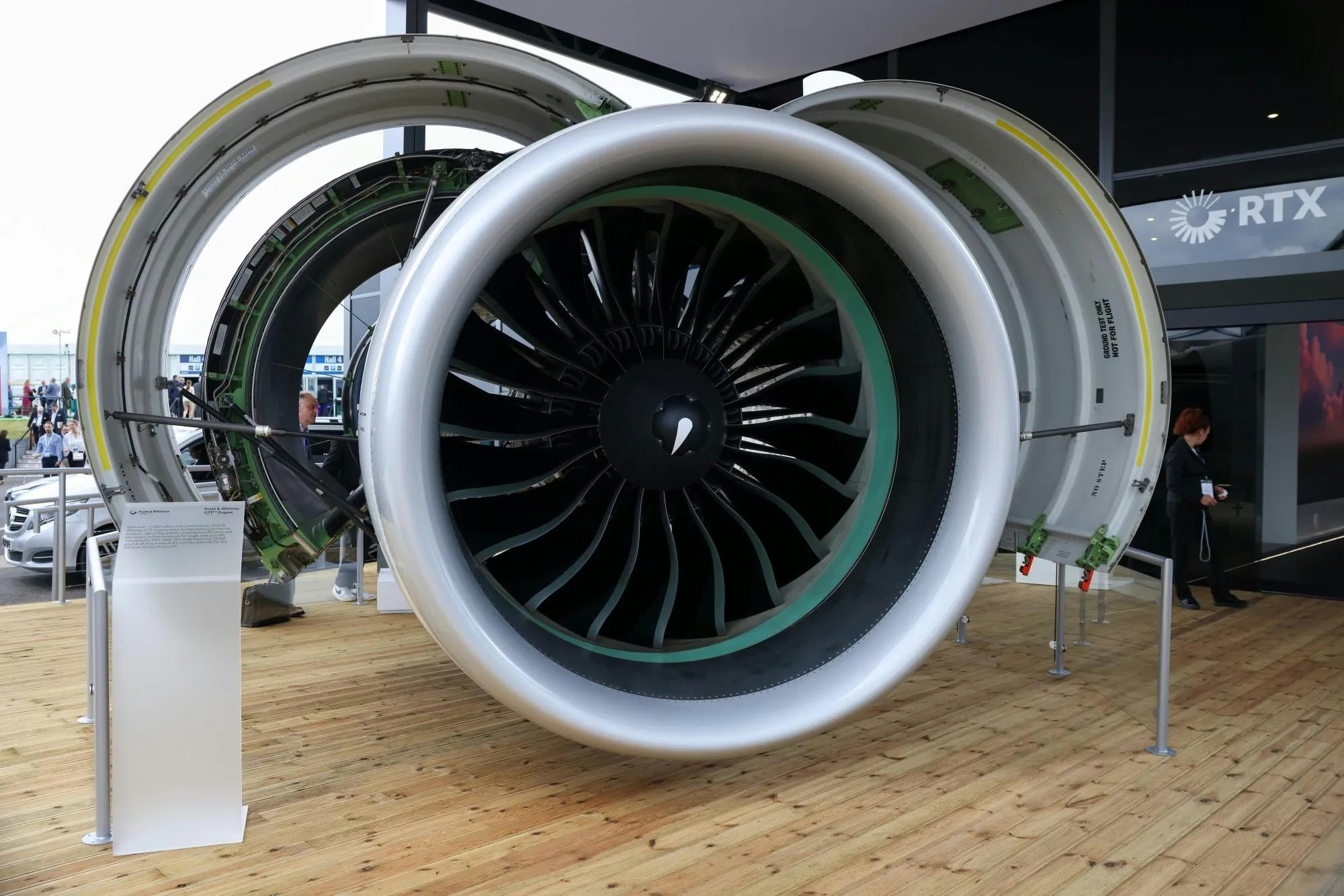
Spirit Signs Agreement with Pratt & Whitney Units on Aircraft Engines

ADB SAFEGATE Receives Industry Awards for Marketing, R&D, and Social Impact

GA Telesis Secures Five-Year Landing Gear Overhaul Agreement with Major U.S. Carrier

Government Strengthens Aviation Safety Framework Amid AI-171 Investigation
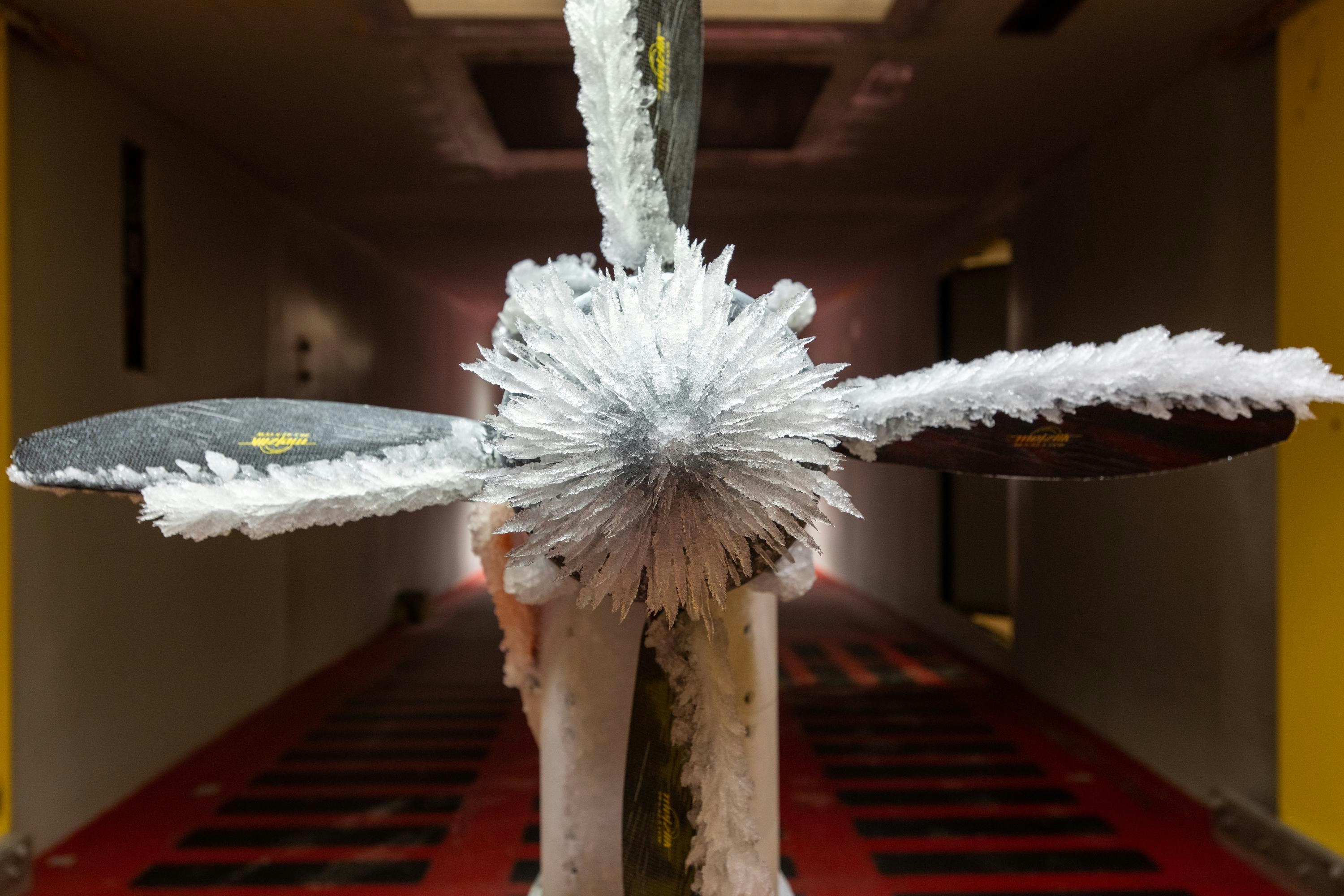
NASA Software Raises Bar for Aircraft Icing Research
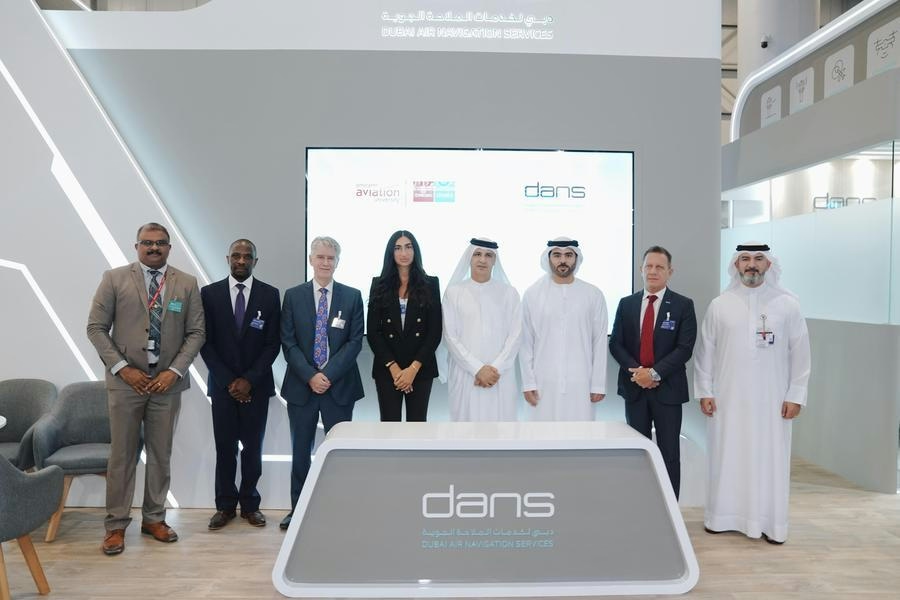
Dans and Emirates Aviation University Partner on AI Air Traffic Management Research
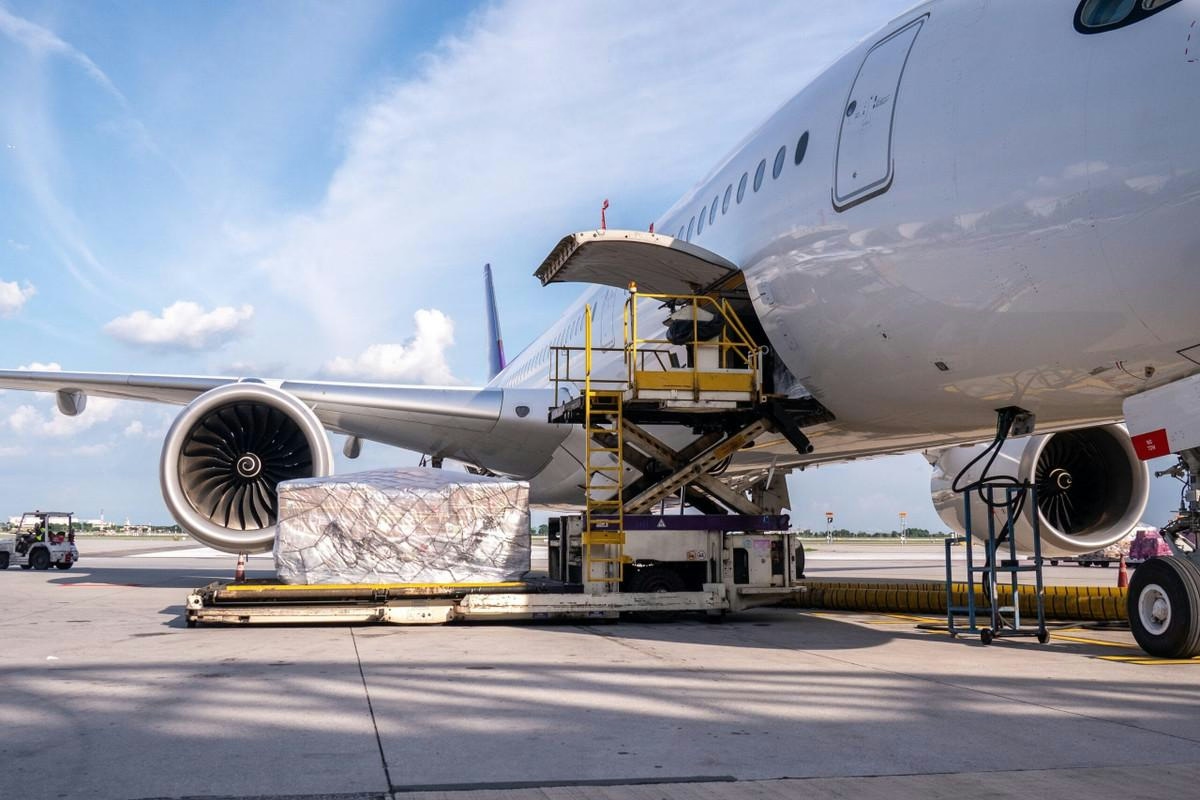
Nigus and AXISCADES to Develop Nigeria’s First Major Aviation MRO Hub
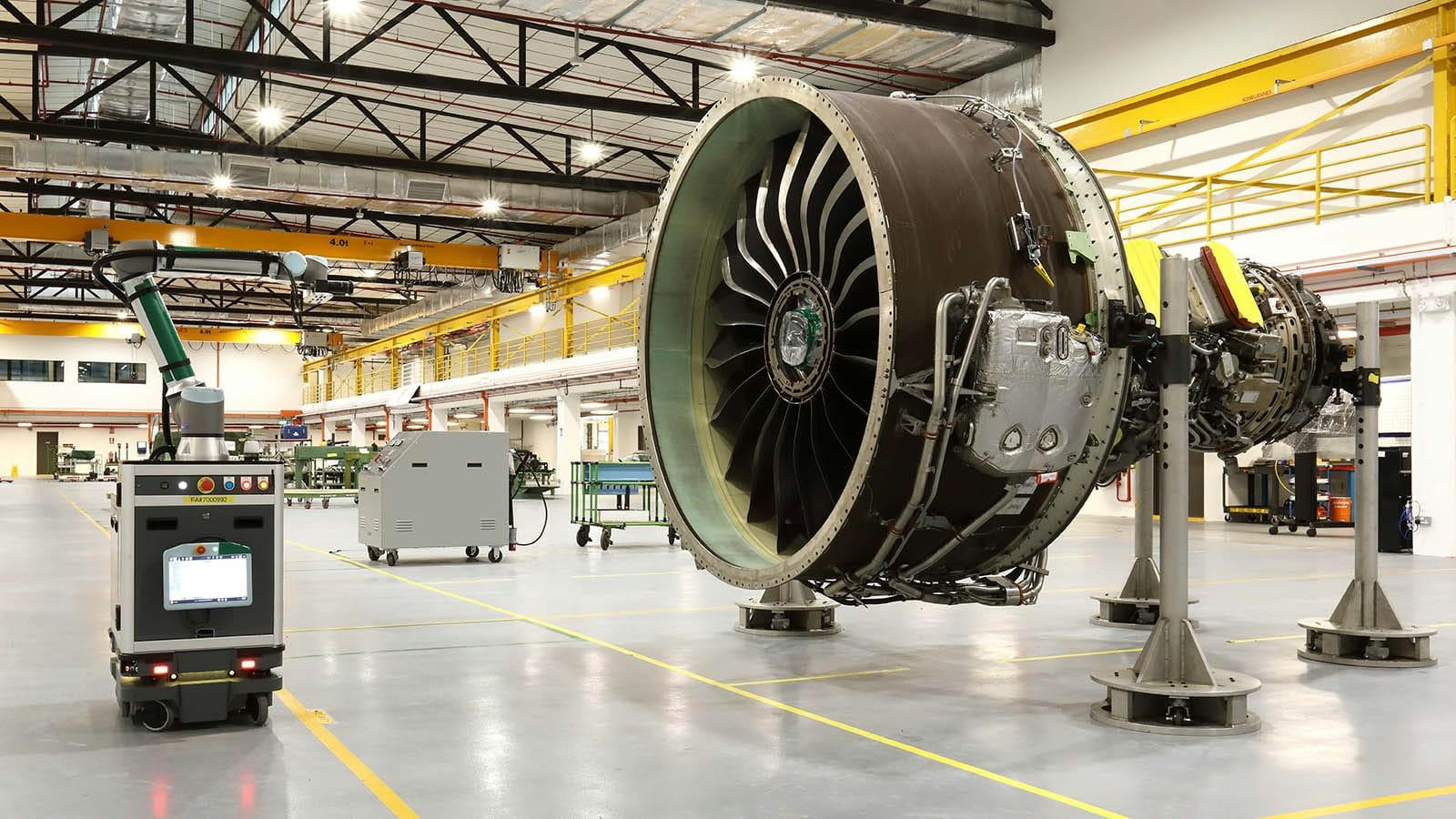
Commission Unveils Industrial Strategy for Aviation Sector

Congressional Committee Expresses Bipartisan Support for Advanced Air Mobility
